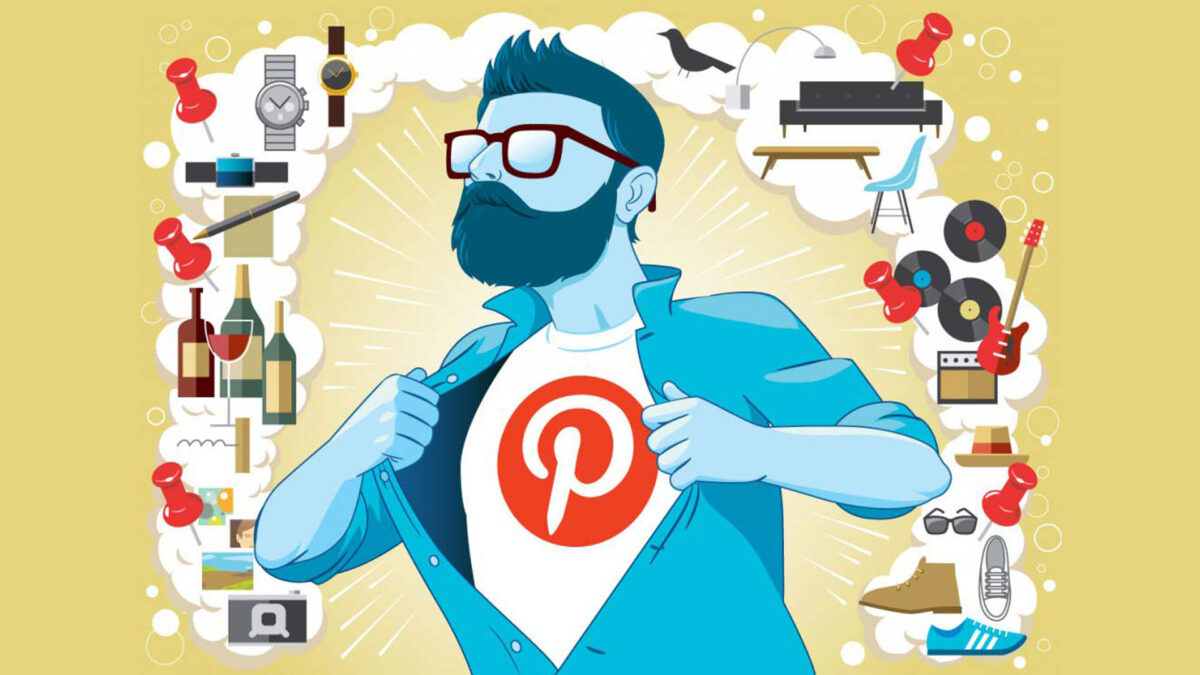Financial services. Insurance. Medical supplies. Feeling the urge to stifle a yawn? One challenge marketers face is creative B2B content marketing for seemingly “boring” products or services. So how do you transform content that can be complicated, dull and full of jargon into something that resonates with your audience?
Use Simple, Plain Language
Viewing your content shouldn’t feel like hard work or make the user feel dumb, no matter the subject. Sometimes, however, adopting a conversational tone or flexing your creative muscle by taking a storytelling approach may not be the right fit. Think instructions on how to use a product or directions for a recipe. Regardless, the bottom line is people are craving something that’s clearly written (ideally paired with some diagrams or graphics).
Research shows that 80% of people prefer clear English in legal documents. But you might be surprised to learn the more educated readers are, their desire for plainspoken language actually increases. That counters the notion that extremely formal styles somehow appear more professional and therefore more appealing. Readers wanting to solve a problem or learn something new don’t want to feel like they’re doing homework. Something else to keep in mind? Most people—including those you may be targeting with your content—don’t have a university-level reading ability. That’s why articles in newspapers and magazines are usually written at a high school reading level. It’s time to kick the overly formal and academic language to the curb.
Make It Relatable
When a business in Ireland wanted to showcase the gender pay gap in pensions, the challenge was: How do you grab people’s attention? The answer? The creation of a pretty sweet, award-winning B2C campaign involving a “99” ice cream cone, a popular treat in Ireland.
The campaign featured a video showing a man in an ice cream van equipped with a hidden camera serving 99 ice cream to customers. While explaining to female customers they get 22 percent less ice cream than male customers (so a “77” ice cream cone), the video showed their perplexed and baffled reactions, underscoring how ridiculous it was to think women deserved less. The video then segued into information regarding the 22-percent gender gap for pensions.
The key to the campaign’s success? Humanizing the data. The campaign, by the way, would go on to be recognized by the Content Marketing Institute as the 2020 B2C branded content campaign of the year.
Answer These 4 Questions
For content creators, focus on answering four key questions to help kick off a new campaign to better engage with the audience:
Who is it for?
This question can help you identify your audience and their needs.
Part of answering that question is also answering: Why should they care?
How do you want them to feel?
This speaks to the type of emotional response you’re trying to elicit
from your content.
What do you want them to do?
Understanding the CTA is the basis of this question.
Visit a website? Share a video? Subscribe to a newsletter?
How do you know it worked?
How you’ll be measuring whether it performed well should be established
at the start as well.
Find Ways to Be Culturally Relevant
One strategy toward breathing life into abstract or boring content is finding colorful analogies, which can sometimes be found in pop culture.
Zombie apocalypse, anyone? In 2013, when the Walking Dead TV show was hugely popular, a disaster recovery services company created an award-winning zombie-themed campaign. It included an e-book, multimedia content, an infographic, and a survival kit giveaway. The e-book’s download rate was three times higher than expected while the overall campaign received a 150% higher click-through rate and 200% higher click-to-open rate versus other campaigns. But even more important: The campaign shattered the brand’s goals for qualified leads.
Convincing Stakeholders
Now the hard part. How do you convince stakeholders to get out of their comfort zones? The more radical, risky or creative your idea is, the harder it can be to get stakeholder buy-in. The reaction could be something like: “Zombies? Why are we talking about zombies? Please remove. We’re a serious-minded business.”
That’s why you should take them on the journey with you so they don’t feel blindsided. Explain the reasons behind the direction you’re taking the content as it develops, along with proof points when you have them. Invite them to share their inputs so they feel they have some ownership of the direction the content takes. Making sure stakeholders feel they are part of the process versus outside looking in can go a long way toward winning their trust.
For content creators, sometimes you might be feeling stuck when it comes to creative content marketing. Need some inspiration? Check out this article for some super tips: Marvel’s Approach to Storytelling: What Can Brands Learn From It?



